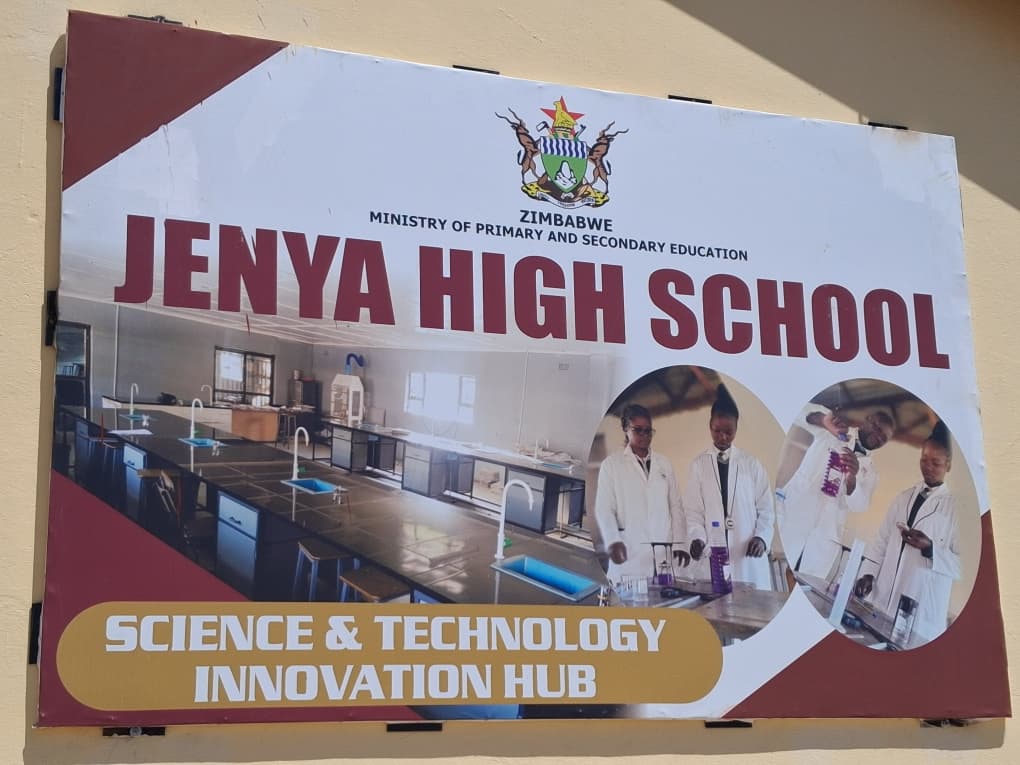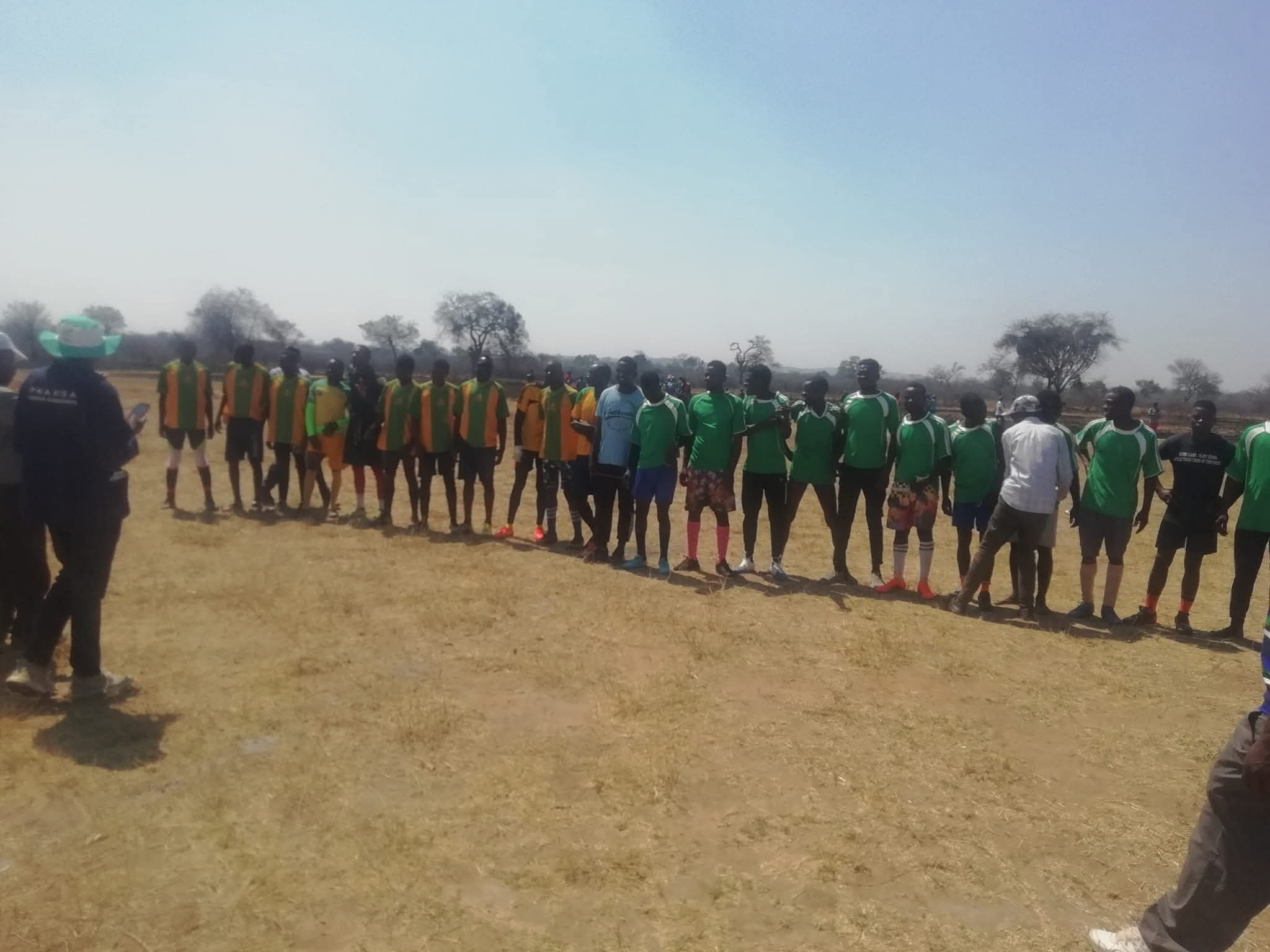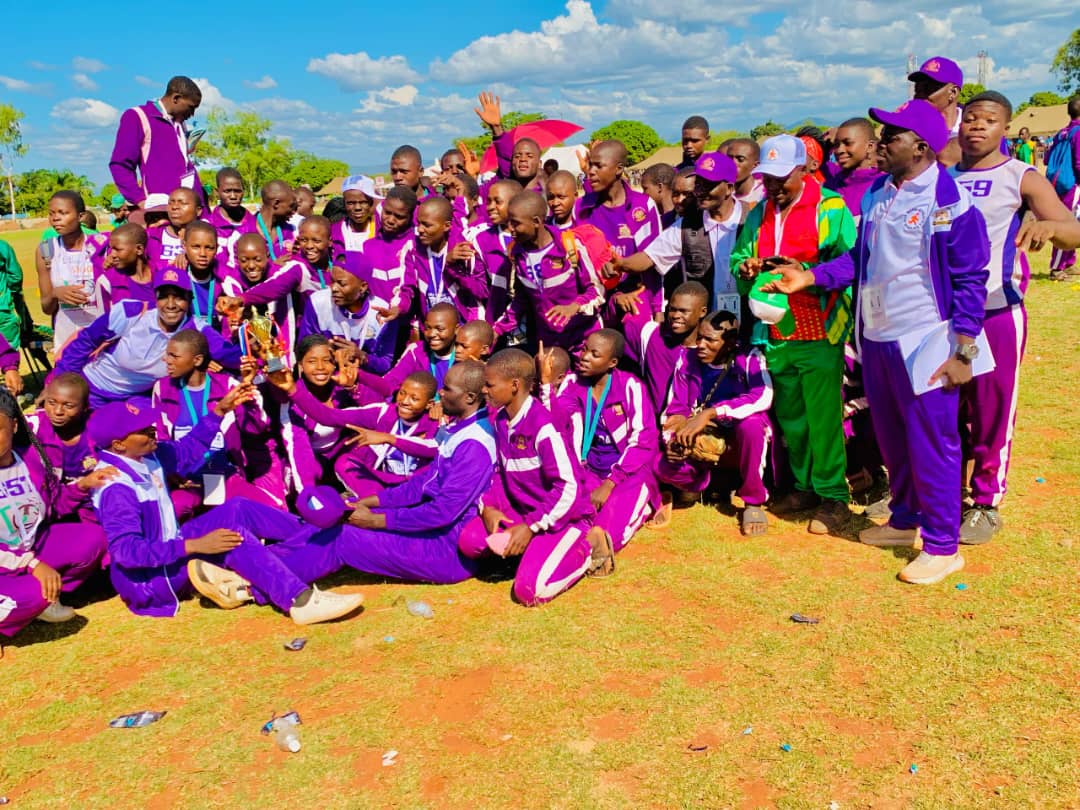Dr. Ayodele Odusola
In Zimbabwe, where persistent economic pressures, high youth unemployment, climate vulnerabilities, and fragile public service delivery challenge progress, the time has come to ask a bold question: Can Artificial Intelligence (AI) help re-ignite human development?
This is no longer a far-off proposition. Zimbabwe is already witnessing the early signals of a digital transformation—from youth-led innovation at hubs like Impact Hub Harare and AI ZW Network to fintech platforms like EcoCash automating transactions in rural growth points.
Startups are experimenting with local-language chatbots, while students at NUST are developing AI-based tools for agriculture and disease prediction.
Importantly, Zimbabwe has also begun applying AI and automation in its most vital economic sectors.
In agriculture, UNDP has supported the installation of 30 Automatic Weather Stations (AWS) across 13 districts, 10 automatic rain gauges (ARGs), and 7 hydro-gauging stations, enabling communities to access real-time weather data to better prepare for climate risks.
In the mining sector, some companies are exploring autonomous underground drilling equipment to improve productivity and safety—though such applications are not yet widespread.
As the world debates the risks and rewards of AI, the latest 2025 UNDP Human Development Report offers a timely reframing: AI is not the future. The future is what we choose to do with AI today.
Globally, human development progress has slowed to its weakest pace in 35 years—excluding the massive declines seen in 2020 and 2021 due to the COVID-19 pandemic. Before the pandemic, the Human Development Index (HDI) was steadily improving. But the health crisis disrupted economies, deepened inequalities, and severely strained health and education systems. For many countries, including Zimbabwe, recovery has been uneven and slow.
At the same time, AI technologies are evolving at lightning speed. Around the world, two-thirds of people in low- and middle-income countries expect to use AI in education, health, or work within the next year. In Zimbabwe—where over 60% of the population is under the age of 25—the question is urgent: Will we be shaped by AI, or will we shape it ourselves?
The 2025 Human Development Report outlines three critical pillars for harnessing AI for inclusive development:
1. Build a Complementary Economy
Instead of fearing AI as a job destroyer, Zimbabwe can position it as a job enabler. AI-powered climate models, like those used in India’s Precision Agriculture System, help farmers anticipate droughts and increase yields. Rwanda is deploying drones and AI to monitor crop health. Such innovations, tailored to local conditions, can be transformative for Zimbabwean agriculture.
In the informal sector, AI tools can assist small businesses in managing inventory, accessing digital credit, and expanding their reach—mirroring how Nigeria’s Aella Credit uses machine learning for financial inclusion. Zimbabwe’s own micro-fintech platforms could leverage similar tools, especially to empower women and youth-led enterprises.
2. Drive Innovation with Intent
AI should be designed with a purpose, not simply copied from elsewhere. From our universities to our rural schools, Zimbabwe has vast potential to localize AI solutions—from Shona/Ndebele language models to low-data health diagnostics.
In Kenya, “Daktari Smart” links patients in rural clinics with AI-assisted diagnostics and remote consultations. In Chile, AI helps schools identify students at risk of dropping out. These people-centered innovations offer a template for Zimbabwe.
Zimbabwe’s youth are already building solutions. At Uncommon.org, developers are testing AI-assisted learning platforms. At Harare Institute of Technology, students are prototyping digital triage tools. Development partners can help scale these efforts while ensuring ethical safeguards are in place.
3. Invest in Skills That Count
AI literacy must be central to Zimbabwe’s development strategy. This means updating school curricula, training educators, and creating pathways for youth to become not just consumers of AI—but creators.
Countries like Tunisia are introducing AI coding in secondary schools. In Singapore, the “AI for Everyone” initiative has trained people of all ages in foundational AI concepts.
Zimbabwe has taken steps in the right direction. The Digital Skills Audit and the Innovation Strategy, currently under development by the Ministry of ICT and the Ministry of Higher and Tertiary Education, aim to align learning with future skills needs. But these efforts must be matched by better infrastructure—reliable electricity, affordable data, and modern equipment.
Bridging the Digital Divide Responsibly
AI can revolutionize healthcare, education, and entrepreneurship—but only if access is equitable. In Zimbabwe, many rural schools lack electricity and internet. Without meaningful inclusion, the digital divide could become an AI divide.
Countries like Uruguay offer inspiration. Its “Plan Ceibal” gave every student a laptop and internet access, enabling AI-powered e-learning systems that reach even the most remote communities.
The challenge before us is not just technological—it is political, ethical, and social. AI mirrors our values. If we fail to design inclusive systems now, we risk baking today’s inequalities into tomorrow’s algorithms.
A Zimbabwean AI Future
Zimbabwe’s Vision 2030 and National Development Strategy 1 (NDS1) provide a clear ambition: to become an inclusive, upper middle-income economy. AI is not a shortcut—but it can be a catalyst.
UNDP Zimbabwe stands ready to support this transformation—by convening stakeholders, shaping policy, building skills, and testing locally relevant innovations that leave no one behind.
The 2025 Human Development Report makes it clear: the future of development is not about what AI can do, but what we choose to do with it.
Let Zimbabwe be a leader in choosing well.
Dr. Ayodele Odusola is the UNDP Zimbabwe Resident Representative








